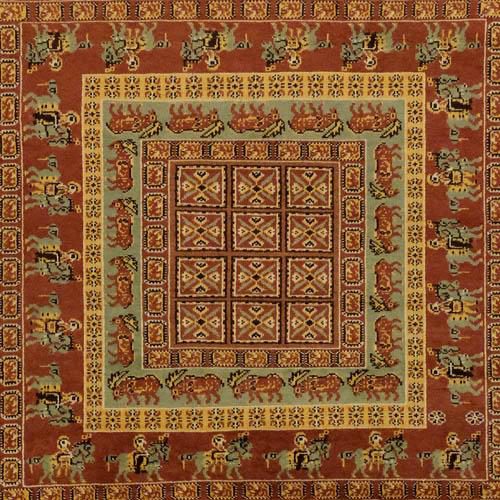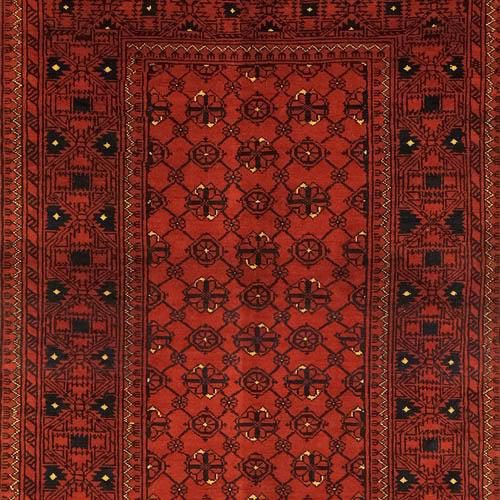




Founded in 1987, Nomadikart is currently one of the biggest and oldest existing companies producing handmade Anatolian rugs and carpets in Cappadocia, Turkey

The Collection

The carpet is a gift from the Turkish people to the world civilization. The knotted rug, the earliest samples of which have been found in Central Asia where the Turks used to live, is an art form discovered, developed and presented to the world by the Turks. In order to protect themselves from the cold of the Central Asian steppes, the Turks invented the carpet using lamb’s wool which was abundant. Turks have taken this art form with them and spread it wherever they have traveled. In the 1940s, when the Russian archaeologist Rudenko was excavating burial mounds at Pazyryk in the foothills of the Altai Mountains in Siberia, where Turkish people used to live, he discovered the earliest surviving carpet in the world, in the fifth of the mounds. This carpet was woven using the Turkish knot, in between 3rd and 2nd Centuries BC, and it is generally accepted that this carpet is attributed to the Asian Khuns.

Private collectors, distinguished families, and museums are proud owners of antique carpets. The richest collections of antique knotted handmade carpets are to be found at the Istanbul Museum of Turkish and Islamic Arts, the Vakıf Carpet Museum in the Blue Mosque, and the Konya Mevlana Museum. During the 14th, 15th and 16th centuries, handmade Turkish carpets were prized possessions of the noble and wealthy families of Europe.
The hard-wearing double-knotted carpets are the invention of Turkish tribes. The techniques found in handmade carpets were brought to the Mediterranean coast by the Seljuks in the 12th century. Marco Polo mentions rich exhibits of carpets in palaces and mosques.
















